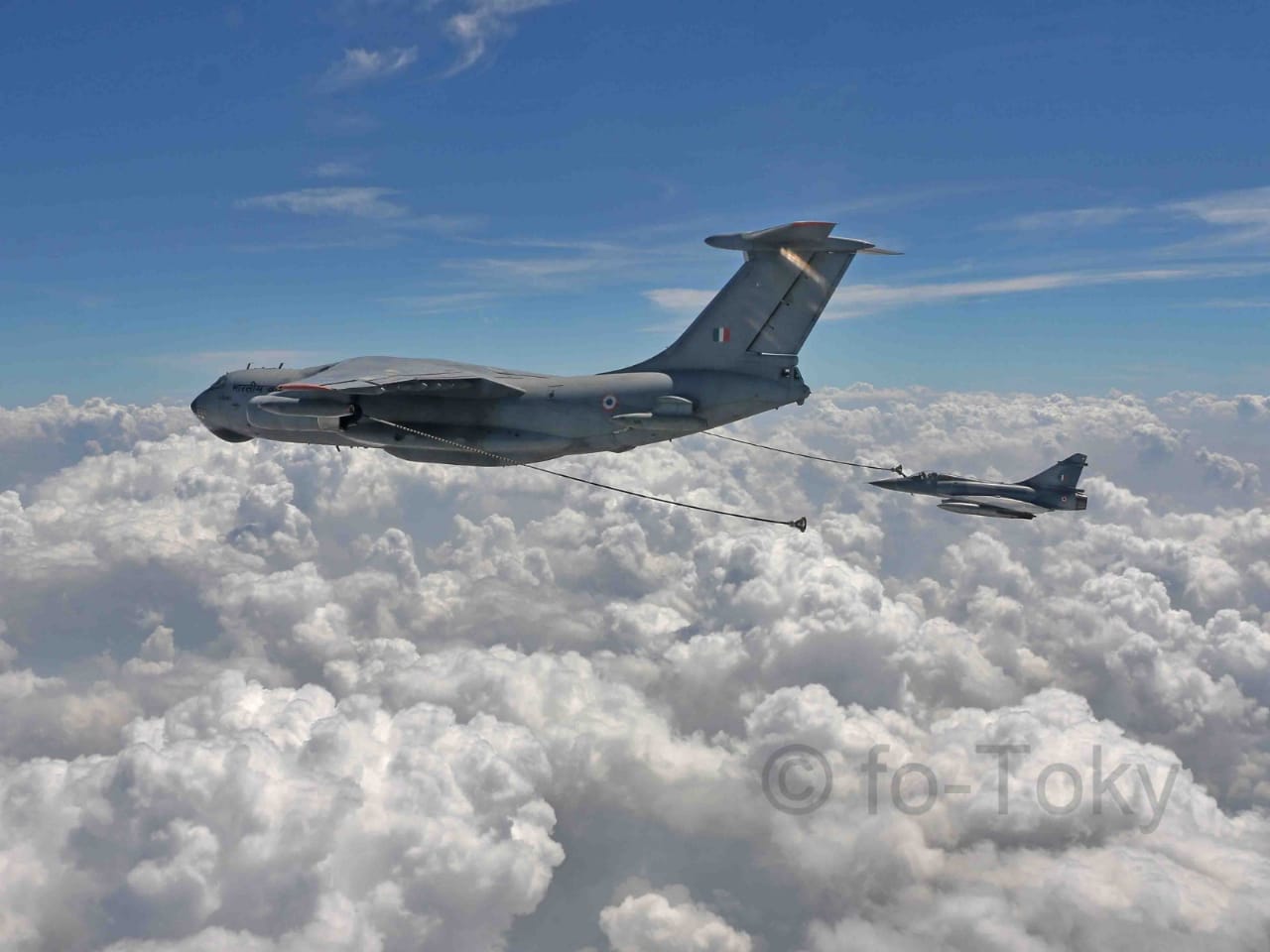Aircraft Technical Specific for Aspiring Pilots
Tag: avgeek
Aircraft Technical Specific for Aspiring Pilots 01
Aircraft Technical Specific for Aspiring Pilots 01
Radio Navigation study material for Pilots
Navigation by radio aids includes navigation mainly by reference to indications of bearing and distance indicated on VOR, DME and ADF equipment located on the aircraft. This information is derived from ground radio beacons (VOR, DME and NDBs or broadcast stations.)
CAT: Clear Air Turbulence
Clear-air turbulence (CAT) is the turbulent movement of air masses in the absence of any visual clues, such as clouds, and is caused when bodies of air moving at widely different speeds meet.[1]
The atmospheric region most susceptible to CAT is the high troposphere at altitudes of around 7,000–12,000 metres (23,000–39,000 ft) as it meets the tropopause. Here CAT is most frequently encountered in the regions of jet streams. At lower altitudes it may also occur near mountain ranges. Thin cirrus clouds can also indicate high probability of CAT.
Model Test Paper for Flight Instruments: ATPL and CPL Licence
Flight instruments are the instruments in the cockpit of an aircraft that provide the pilot with information about the flight situation of that aircraft, such as altitude, airspeed and direction. They improve safety by allowing the pilot to fly the aircraft in level flight, and make turns, without a reference outside the aircraft such as the horizon.
Flight Planning and Monitoring for Pilots: Model Test Papers
Flight planning is the process of producing a flight plan to describe a proposed aircraft flight. It involves two safety-critical aspects: fuel calculation, to ensure that the aircraft can safely reach the destination, and compliance with air traffic control requirements, to minimise the risk of midair collision. In addition, flight planners normally wish to minimise flight cost through the appropriate choice of route, height, and speed, and by loading the minimum necessary fuel on board.
Human Performance for Aspiring Pilots -Study Material
Effective Human Performance is fundamental to operational safety in aviation. Human performance is defined as the human capabilities and limitations which have an impact on the safety and efficiency of aeronautical operations.
Celebrating 100 Blog Posts!
What is blogging? It’s just like publishing a short story regularly, especially for creative writers. People blog about different things: politics, relationships, finance, health and wellness, personal life, history and so on. Some people do it for fun. Others make money through blogging. Most bloggers lives revolve around finding the next topic for their blog post. But one thing they learn very swiftly is to focus on their readers. The target audience. They are like a bunch of people you were able to convince but moment your content deteriorates, they…
Para Jumping
The Para Training School (PTS), run by the Indian Air Force at Agra, conducts the parachuting and combat military free-fall training. The squadron insignia depicts a deployed parachute bringing down a supply container with wings attached. This signifies the role the squadron is involved in. The School was established under 50th Para brigade in 1941 at New Delhi. After the Independence, the school was permanently shifted to Agra. Earlier the Dakota, Hudson and Halifax Aircraft were used for Paratroopers Training. The School has participated in many operations of Indian Armed…
LONG DURATION MISSION: FIGHTER AIRCRAFT
The flight endurance record though no longer recognized used to be the longest amount of time an aircraft of a particular category spent in flight without landing. It can be a solo event, or multiple people can take turns piloting the aircraft, as long as all pilots remained in the aircraft. The limit initially was the amount of fuel that could be stored for the flight, but aerial refuelling extended that parameter. Flying modern fighter aircraft requires a high degree of physical and mental fitness to withstand the stresses that are placed on the…








